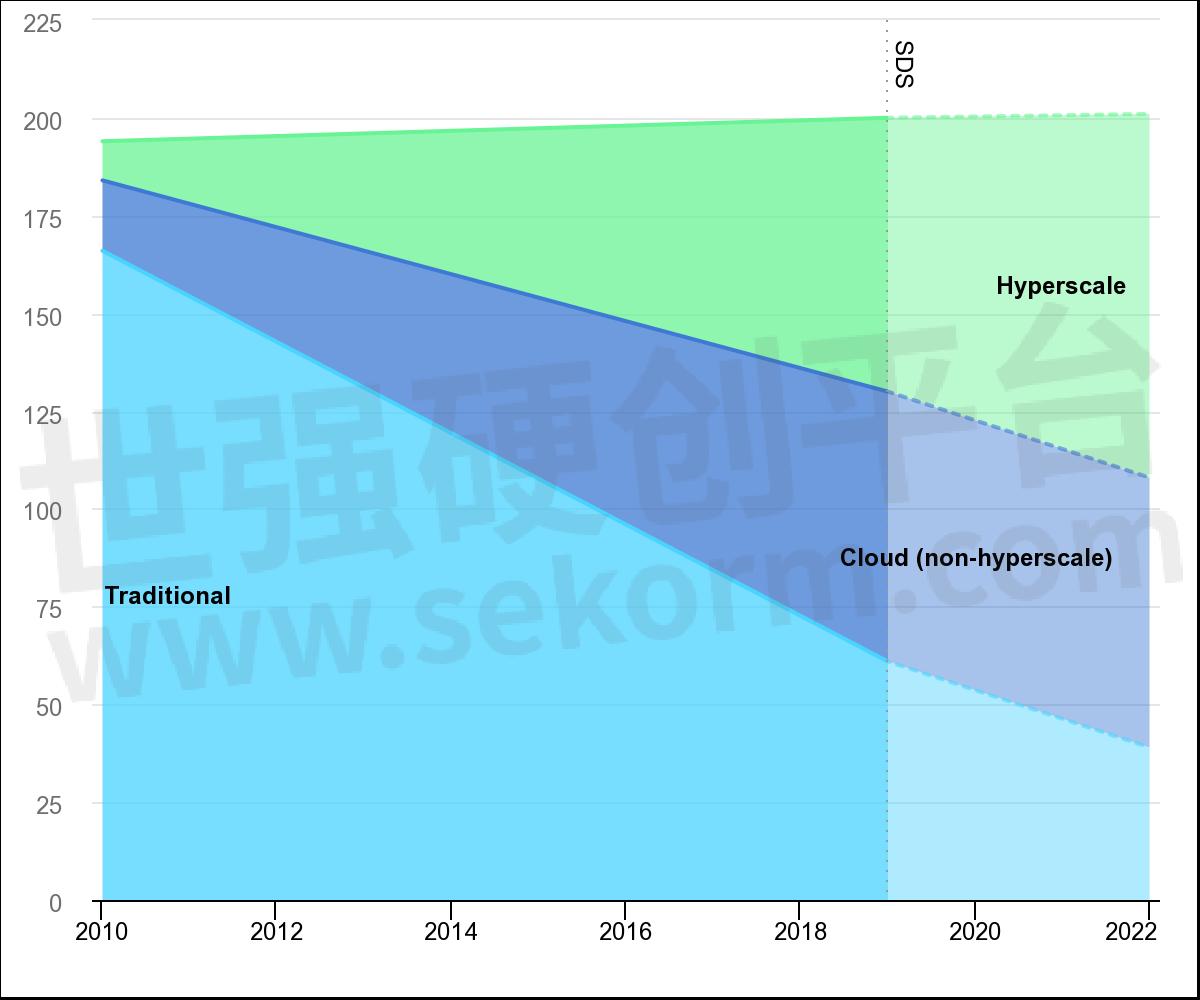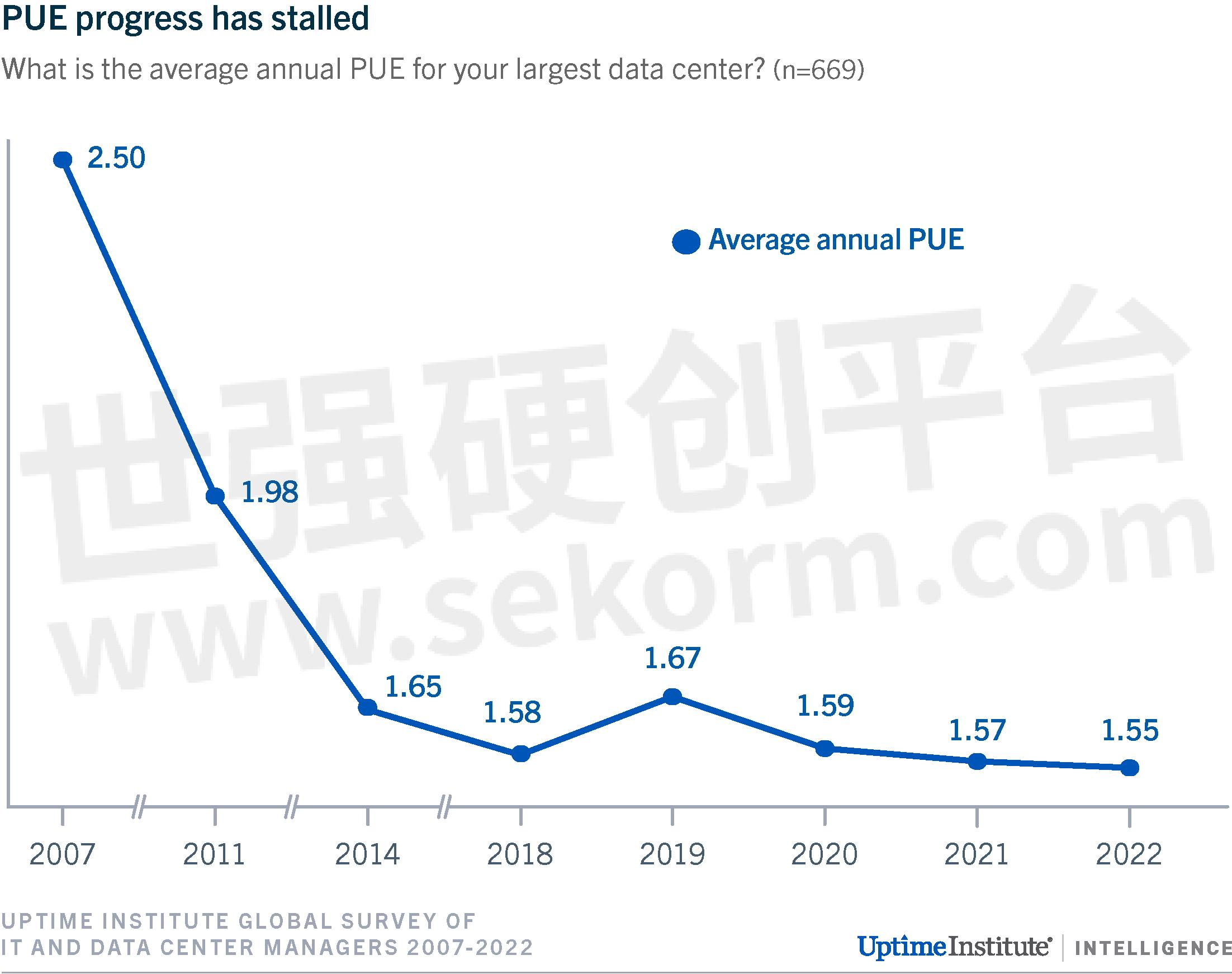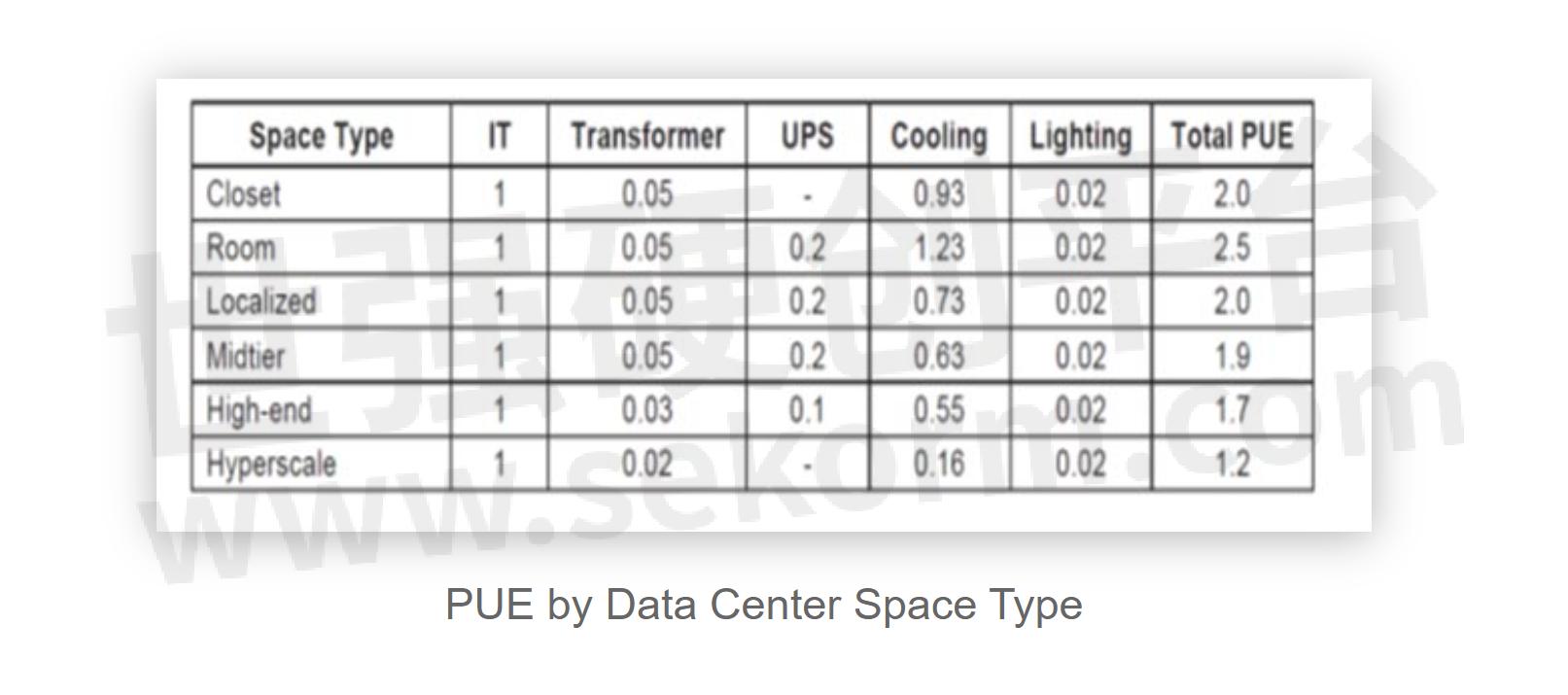Energy Consumption in Data Centers: Air Versus Liquid Cooling

Rising Energy Demand in Data Centers
Growing demand for digital services, including cloud computing, artificial intelligence, and other data-intensive technologies is increasing global data center energy consumption. According to the International Energy Agency (IEA), data centers consumed an estimated 200 TWh of electricity in 2022 and are expected to grow to 400 TWh by 2030. As the data center industry continues to evolve and address rising energy consumption challenges, investors have opportunities to support and capitalize on advancements in energy-efficient technologies that innovate and improve sustainability.

Cooling and Energy Consumption in Data Centers
McKinsey and Company estimates that cooling accounts for nearly 40% of the total energy consumed by data centers, emphasizing the importance of implementing efficient cooling practices to reduce energy consumption and improve overall energy efficiency.
40% of data center energy consumption is for cooling
Data centers use a common metric known as Power Usage Effectiveness (PUE) to measure energy efficiency, a ratio that compares the total energy consumed by a data center, to the energy consumed just by the IT equipment.
PUE = Energy consumed by the whole facility / Energy consumed by the IT Equipment
A PUE of 1.0 means that the data center is perfectly efficient, while a PUE of 2.0 means that the facility infrastructure is consuming twice as much power as the IT equipment. Data center operators measure PUE to meet efficiency initiatives and identify areas for improvement. The average annual power usage effectiveness (PUE) reported in 2022 was 1.55, representing a slight improvement over the 2021 average of 1.57 but consistent with the trend of marginal PUE gains Uptime Institute observed annually since 2014.
Data centers aim to reduce PUEs to 1, maximizing compute performance for energy spent, but currently average 1.55

However, the most efficient large hyperscale facilities achieved a PUE value of 1.2 compared to other facilities that have PUE values greater than 1.6, which means for every kW of power used for the IT task, another 600 W is consumed to power the cooling and other infrastructure equipment.

For each kW used in a data center, it takes 200-600W to cool the IT equipment
Improve Energy Efficiency with Innovative Cooling Technologies
Efficient cooling practices play a crucial role in achieving a lower PUE. By implementing innovative cooling technologies, such as liquid cooling, hot and cold aisle containment, or optimized airflow management, data centers reduce the energy consumed by cooling infrastructure, leading to improved energy efficiency. The adoption of liquid cooling in data centers is gaining momentum due to its ability to deliver more efficient and effective cooling than air-cooling, especially high-density IT racks.
Energy-efficient liquid cooling drives down PUE compared to air cooling
The PUE analysis of a High-Density Air-Liquid Hybrid Cooled Data Center published by the American Society of Mechanical Engineers (ASME) studied the gradual transition from 100% air cooling to 25% air –75% liquid cooling. The study observed a decrease in PUE value with the increase in liquid cooling percentage. In the 75% liquid cooling case, 27% lower consumption in facility power and 15.5% lower usage in the whole data center site were obtained.
Even a partial, 75% transition from air to liquid cooling reduces facility power use by 27%
The PUE metric does not consider IT or networking equipment efficiency and provides a benchmark to evaluate efficiency gains over time within a data center facility, not comparing one facility against another. Regardless, it remains the de-facto standard to measure and compare data center energy efficiency. Despite its shortcomings, PUE provides a useful baseline to assess and improve a facility’s infrastructure efficiency.
Liquid cooling is so effective in improving IT equipment performance and reducing the energy required to cool, it obsoletes the industry’s PUE metric
The data center industry continues to work on new metrics to more accurately measure its energy efficiency. TUE is one such metric that considers the efficiency of the IT equipment, the cooling system, and other factors affecting energy consumption in data centers.
TUE = (Energy consumed by the whole facility) / (Energy consumed by the IT Equipment + Cooling Equipment)
BOYD’s Innovative Data Center Cooling Solutions
Boyd has decades of experience and expertise in innovating and manufacturing cooling solutions like coolant distribution units, 3D vapor chambers, liquid loops and cold plates, remote heat pipe assemblies, and chillers for data centers. Leverage Boyd’s liquid cooling and material science heritage to design innovative AI-based solutions optimized for performance, reliability, and energy efficiency.
Boyd’s engineering and material science expertise allows us to design custom cooling solutions for specific data center types. To learn more about Boyd’s thermal management solutions or to discuss your project needs, schedule a consultation with Boyd’s experts.
- +1 Like
- Add to Favorites
Recommend
- Coolant Distribution Units - Improve Cooling and Performance of Cloud, Enterprise & 5G Applications
- Designing Coolant Distribution Units (CDU) into Data Center Systems and Maintaining the Proper Operating Temperature
- Coolant Distribution Units (CDUs) That Help Lower Data Center Total Cost of Ownership and Maximize Power Density
- What Is A Coolant Distribution Unit (CDU)?
- Nidec Adds New Products including CDUs, Manifold Units and Pumps to its Lineup of Water-cooling Module
- Common Coolant Types and Their Uses in Liquid Cooling Systems
- Nidec to Expand Its Production Capacity for Water-cooling Modules
- MTA Has Designed Two Power Distribution Units for the New Mild Hybrid Models of Jaguar Land Rover Cars
This document is provided by Sekorm Platform for VIP exclusive service. The copyright is owned by Sekorm. Without authorization, any medias, websites or individual are not allowed to reprint. When authorizing the reprint, the link of www.sekorm.com must be indicated.





























































































































































































































































































































































































































































































































































































































































































































































































































































































